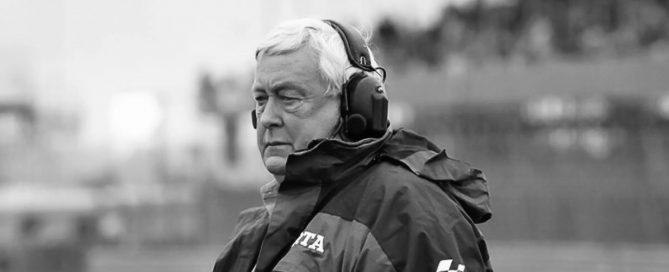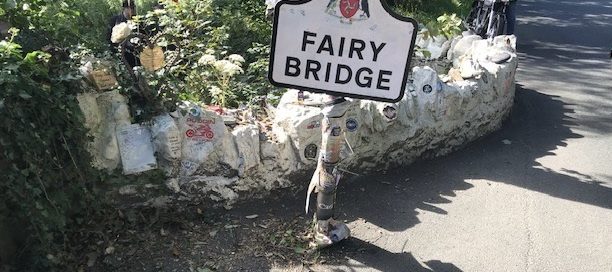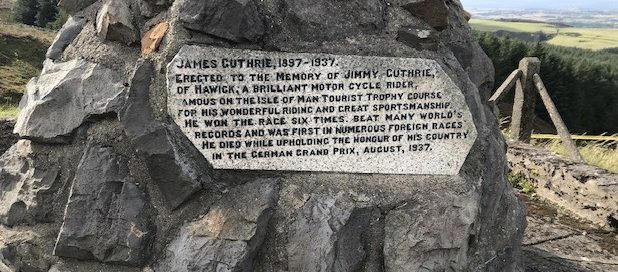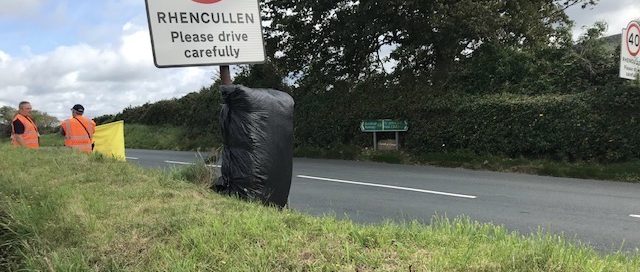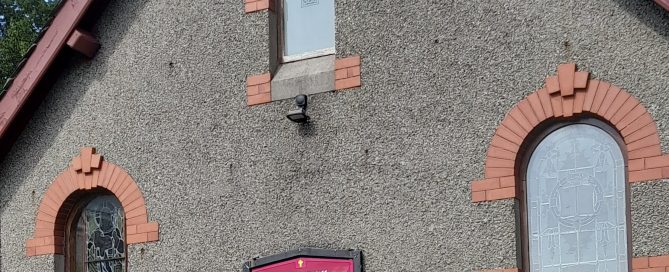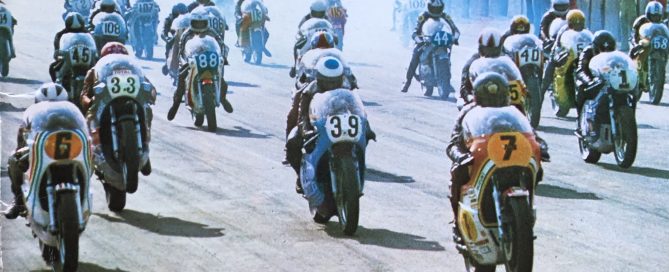A giant step for MotoGP™ into a new world!
This weekend is so much more than racing at a new venue. MotoGP™ takes a giant step forward when it travels to India for the very first time. A journey into an explosive new world and culture, to a country with the fastest-growing major economy. A journey to a country with the largest population of any other in the world. A population of almost one and a half billion people which is one-sixth of the population of the whole world. It’s hardly surprising that Indian riders buy more motorcycles than any other country in the world. The Indian public are sports mad. Cricket is their great love, and it was estimated a television audience of nearly one billion viewers worldwide watched a World Cup encounter with rivals Pakistan
International Motorsport is popular from a distance. The Indian Formula One Grand Prix was staged at the same Buddh International Circuit, which hosts MotoGP™, between 2011 – 2013. The legendary F1 designer Hermann Tilke designed the circuit. There were Indian drivers in the World Championship plus a Silverstone-based Indian team. International motorcycle racing makes its debut over the weekend. The World Superbike Championship was scheduled to hold Indian rounds in 2012 and 2013 but logistical problems caused their cancellation. There has always been a hard core of national races and championships at circuits such as Sholavaram from the mid-1960s and the Sriperumbudur race circuit which was built in the early 1990s.
However, it was the Mahindra Engineering Company that brought MotoGP™ to the Indian public for the first time. They raced in the 125cc and Moto3™ classes between 2011 and 2017 with plenty of success. MotoGP™ World Champion and Championship leader Francesco Bagnaia (Ducati Lenovo Team) won two races in 2016 for the Mahindra Moto3™ team. In addition to his wins at Assen and Sepang, he also started the British Grand Prix from pole position the same year. Danny Webb started the last ever 125cc Grand Prix from pole in Valencia in 2011. Miguel Oliveira (CryptoDATA RNF MotoGP™ Team) started from pole on the Mahindra at Assen in 2013. Others who rode for the Mahindra factory included 2021 Moto2™ World Champion Remy Gardner and 2016 Moto3™ World Champion Brad Binder (Red Bull KTM Factory Racing). Mahindra have continued racing internationally on four wheels competing in the FIA Formula E World Championship.
It was never going to be easy for Indian riders to take the massive step up into international racing. The only Indian rider to compete in the modern Grand Prix era was Sarath Kumar. He finished twenty-fourth in the 125cc race at the 2011 Portuguese Grand Prix but failed to qualify in Qatar and Spain. This weekend is sure to whet the appetite for more to make the journey with the support of the Indian public.
Of course, there will be logistical problems at a new venue over the weekend, especially with the next Grand Prix in Japan so close, but this is an opportunity that MotoGP™ simply must not miss. The chance to showcase and expand the sport into one of the biggest economic markets in the world. It promises to be one of the most important weekends in the 74-year history of Grand Prix racing both on and off the track.


